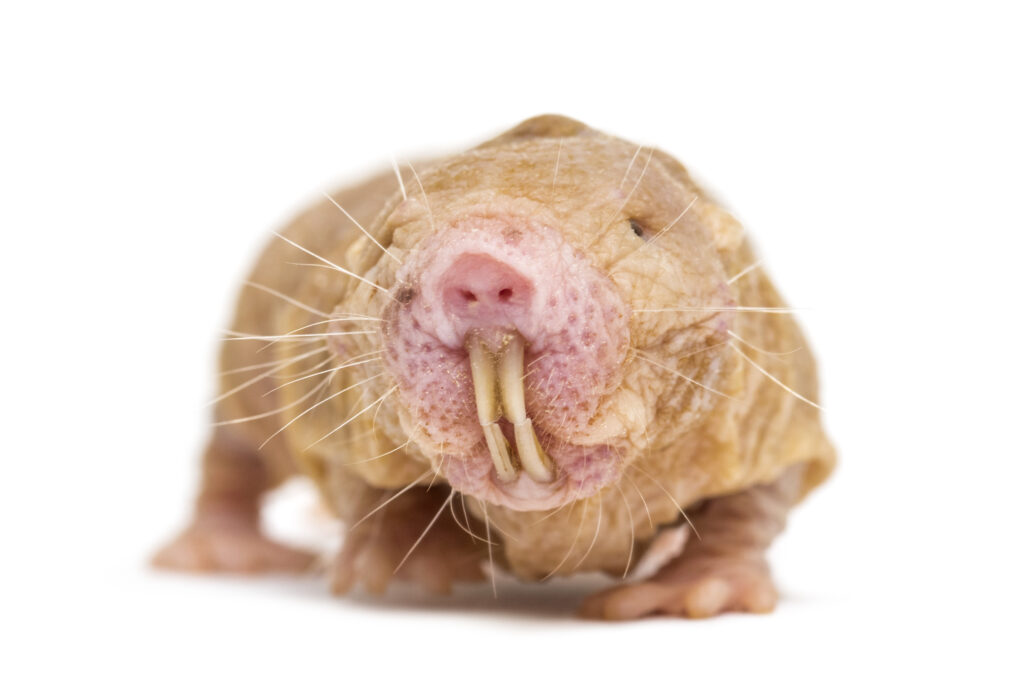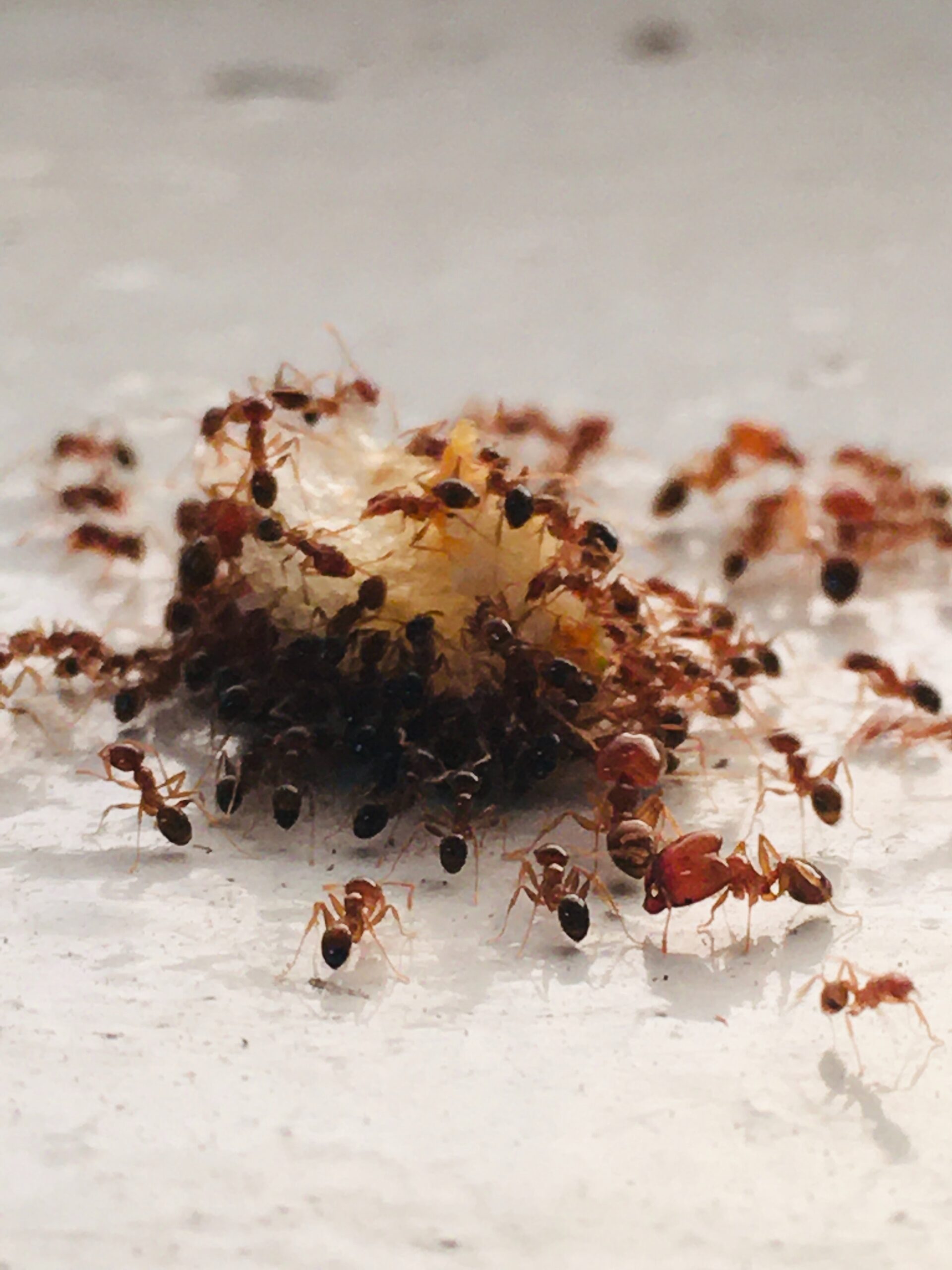Some of us who grew up with a Bible in the house may remember being read the proverb encouraging us to “Go to the ant, thou sluggard…” followed by an explanation of the industriousness of those little insects, how they worked hard collecting food to prepare for the winter. And all without an overseer or ruler.
Looking back, I may have been a bit too young for the lesson. Too young to be a sluggard. Too young to be inspired to work hard.
And possibly even too young to do anything without supervision. I may have been five.
Also, too young to think that King Solomon might have placed a different creature on the Proverbial pedestal had he come from East Texas where, as yet unbeknownst to me, I was going to be living and studying in my early twenties.
Otherwise, the proverb might have gone something like:
Don’t go to the fire ant, you sluggard, as you search for a cool place to nap in the shade of a tree.
He’ll come to you, and he’ll bring his friends
And you’ll only notice them when there are a couple of hundred of them on your leg
By which time it’s too late
And you’ll feel them biting you all at the same time.
How can creatures so small sting so *%$#ing much?
Who naps outside in East Texas, anyway? What a stupid idea.
Somehow, it seems harder to find a lesson revolving around the red imported fire ant.

“Arguably nature’s least beautiful animals”
Moving on to the naked mole rat. In addition to the dubious honour of possessing a name evoking discomfort and giving forewarning of its appearance, all while using words that don’t describe it particularly well – it’s not totally hairless; it’s not a mole, and it’s not a rat – this creature will win no beauty contests. I mean, look at it!

But at least it will be able to enter any competitions it wants to for a couple of decades longer than its better-looking cousins.
Along with fellow beauty pageant don’t-bother-applying, the tardigrade – although supporters call them ‘water bears’ and describe them as ‘cute’ – the naked mole rat has something to teach us about living.
They hold up a damning mirror to human society, as well.
Longevity first.
There must be some payoff to living underground one’s entire life, without hair, eating dirt, and serving Queen and Colony. Something more to life than digging in the dark.
If you’re not the queen, there must be something to celibate.
There is!
A long, cancer-free life.
Unlike other mammals similar in size, who might be lucky to live past four years, naked mole rats can live more than thirty. And – get this – they do it without the typical physical deterioration of aging that every other mammal experiences. (Putting to one side the fact they look bald and wrinkled to begin with. And can’t even see each other anyway.)
And while they dig endlessly in the dark for thirty years without aging, they do it with an almost total resistance to cancer.
While those two facts may keep biologists excited for years to come, here’s something for the sociologists: naked mole rats are the most social rodent known to science. They live in colonies of up to three hundred and every member has a distinct role: queen, soldier, digger. Researchers have found that each colony has its own distinct dialect and have proven that the dialects are cultural phenomena.
So far, so interesting, but where’s the lesson? Where’s the mirror?
While a dialect points to social cohesion and a sense of belonging – all good features of a healthy society – it also can be used to define where the society ends and where xenophobia begins. Naked mole rats have been observed responding to calls in their own dialect and ignoring those from another.
And researchers believe that that is how intruders from another colony are identified –and killed within minutes.
(Shades of Judges 12:5-6, a passage from another book of the Bible, where Gileadites ask suspected Ephraimite soldiers who have been caught trying to cross the River Jordan to say the word “Shibboleth”. If they can only manage “Sibboleth” – there being no “sh” sound in the Ephraimite dialect – then they are killed.)
There is nothing new under the sun. Or under the ground.
What does it mean that the dialect of a naked mole rat colony is a cultural phenomenon? It means it is a behaviour passed on by means other than biology. It is taught, and it is learned. Cultural behaviours have been observed in whale and ape communities, as well.
Researchers tested their hypothesis by taking orphaned pups from one colony and placing them into another. There were no problems. The pups grew up learning and speaking the dialect of their new colony.
There are other goings-on in the colonies, as well, such as assassinations, followed by anarchy until a new queen asserts her “rightful” position.
If the xenophobia of naked mole rat colonies, based on their own definitions of “other-ness”, doesn’t hold up a mirror to our own human societies, with our multitude of categories and classifications, then I don’t know what does.
Information about naked mole rats from:
https://edition.cnn.com/2021/01/29/world/naked-mole-rat-accent-intl-scli-grm-scn/index.html
(Feature photo of ants working together by Marco Neri on Unsplash)


Be First to Comment